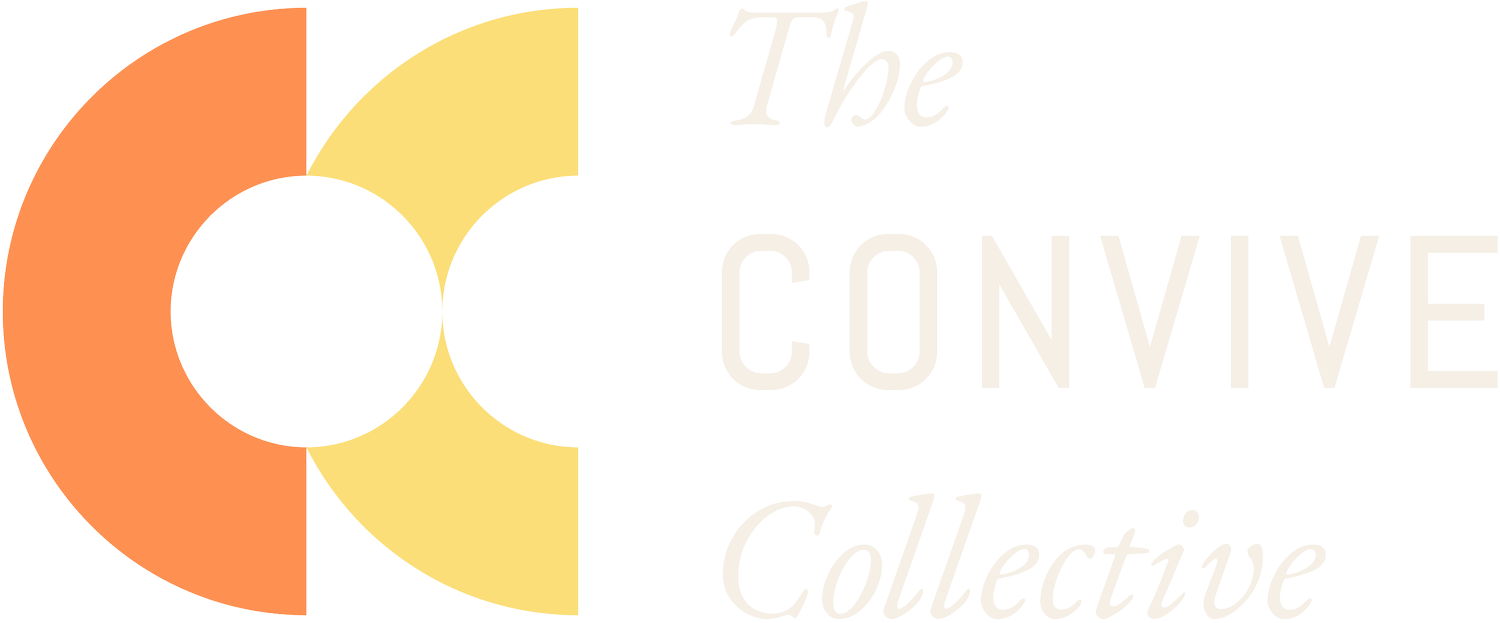Five Common Organizational Learning Myths and What the Science Says About How People Actually Learn
Written by: Katherine HaughLet me put the bottom line up front: when it comes to organizational learning, as a field, we are wasting time and money on the wrong things, stuck in disproven ways of learning. It is holding us back. We’re also passing down the wrong information to those coming behind us.
Our field is rampant with misinformation and myths about organizational learning that are doing us a massive disservice.
I’ll be honest; I’ve been victim to these myths myself. So if you’ve been misinformed, like me, just know that I’ve been there too! It’s easy to be swept up into the myths around “learning styles” and “collaborative learning” in particular - two traps that I’ve fallen into myself.
And after all, learning is really just about observing and acknowledging how we’ve been wrong or made a mistake and growing and evolving as a result.
Below are five evidence-supported concepts about learning that are often misunderstood and mischaracterized. To avoid further confusion, they are structured according to the truth that’s backed by scientific evidence and study and the common myth below.
Truth 1: learning styles do not exist.
I know. As someone who loves personality tests, I wish they existed, too. Dozens of studies show that individuals do not have different learning styles. In addition, learners often mischaracterize their own learning preferences, which is dangerous for learning designers. For example, we know that pairing visuals with text is an effective learning technique, even for folks who say they are “not visual learners.” However, this doesn’t mean that you should stop consulting your learners on their preferences and needs. Quite the contrary. We suggest blending the best practices of human-centered design with the learning sciences into human-centered learning.
Truth 2: The more difficult the task or experience, the more learning it usually generates.
Easier is not better. You want your learners to have “desirable difficulty” otherwise known as “effortful retrieval.” The desirable difficulty makes the learner work harder to construct an interpretation that makes sense. The added effort increases comprehension and learning. (Of course, learning will not improve if the difficulty completely obscures the meaning or cannot be overcome.)
Truth 3: The use of quizzes and tests is one of the most effective ways for people to learn.
Tests and quizzes are highly effective. Our brains are wired to forget. The power of retrieval as a learning tool is known among psychologists as “The Testing Effect” or “Retrieval Practice Effect.” Retrieving knowledge from memory has the effect of making that knowledge easier to call up again in the future. It’s more effective than reexposure to the original material. You don’t always have to have an actual “test” to apply this knowledge (though we like using fun and games around quizzing in our learning experiences). You can, for example, facilitate peer to peer explanations which support the retrieval practice effect.
Truth 4: When learners don’t feel psychologically safe, they are more likely to stay in survival brain (also known as ‘level one’ thinking) which prevents them from entering into reflective brain (also known as ‘level two’ thinking).
Cognitive scientists are still exploring the human brain and we are only just at the very beginning of understanding how miraculous our brains are. But one thing we know for sure is that when we feel unsafe and our nervous system is activated, we drop into short-term thinking (known as ‘level one’ thinking) which is best for finding immediate solutions that prioritize safety. Level two thinking, or the ‘reflective brain’ is triggered when we feel safe and welcome in reflective thinking on things like testing assumptions, biases, and strategy. This type of thinking is just not accessible to us when we feel threatened or unsafe, and this is critical for learning professionals and leaders to be aware of.
Truth 5: Exhibiting learning behaviors is more impactful than speaking about it.
Modeling learning behaviors for example, not rushing into execution without understanding the core of the problem, is significantly more influential than sharing guidance documents and speaking about what “should” be done on organizational learning.. While guidance documents and building learning into organizational processes is crucial for it to be retained, learning behaviors spread and ultimately create a learning culture through watching others model learning behaviors and copying them. This is why we always recommend adopting a learning champion model in our collaborations with our partners.
Did you learn something new in this insights article? Share your thoughts with us at info@convivecollective.com.

